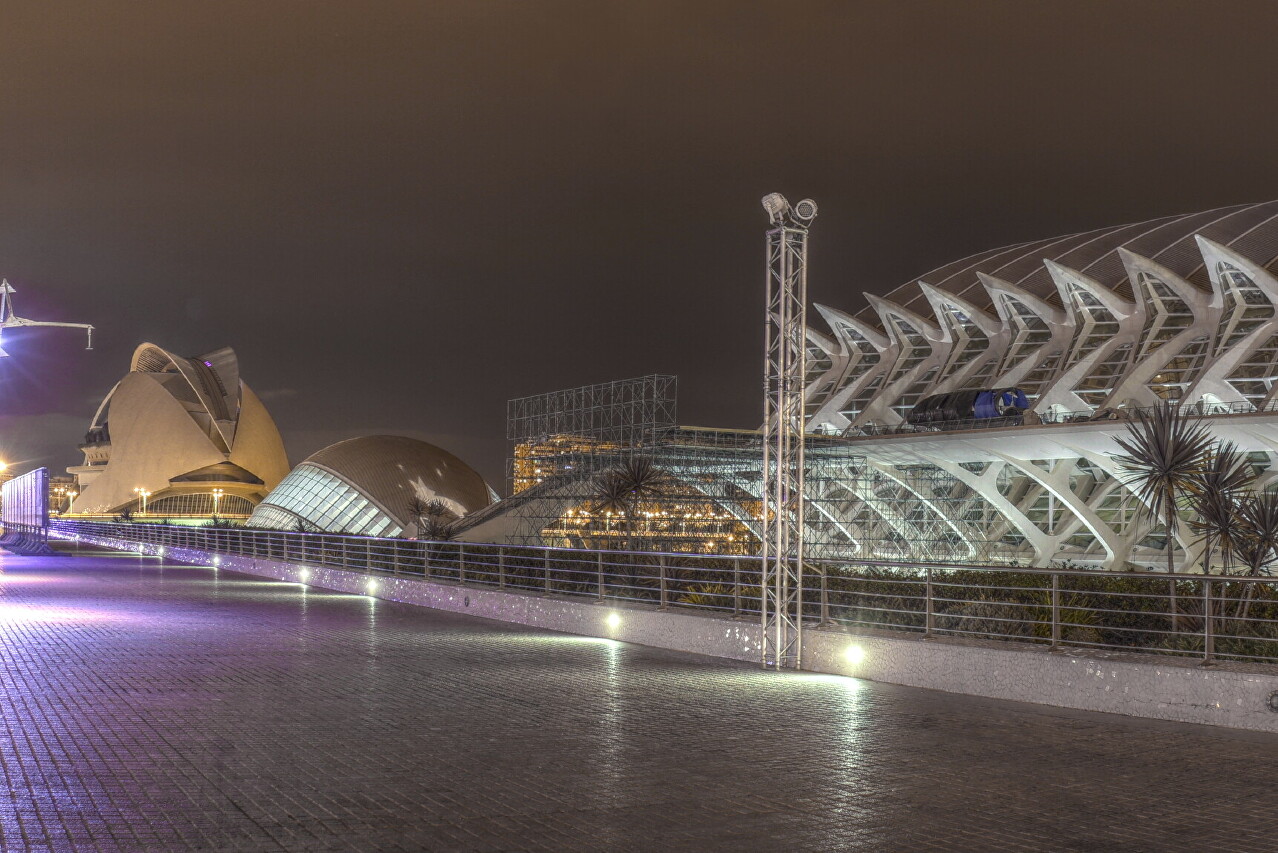Night Valencia. City of arts and Sciences
Ciutat de les Arts i les Ciènces is a grandiose architectural complex in the dried-up bed of the Turia River, one of the outstanding examples of modern architecture. On October 14-15, 1967, another catastrophic flood occurred in Valencia, known as the "Great Flood" (La Riuà), as a result, most of the city was flooded. In some areas, water covered the streets by 5.2 meters, 81 people were killed, and huge damage was done to the city. (Interestingly, the Cathedral and the adjacent square were not flooded, which indicates a good knowledge of the local hydrology by medieval town planners). This prompted the government to solve the problem once and for all - to direct the treacherous Turya River to bypass the city, as a result, a grandiose hydraulic engineering project called the "Southern Option" (Plan Sur) was implemented. The riverbed of the Turia, passing through the territory of Valencia, was drained, and parks began to be laid out on these lands. In 1989, Jose Maria Lopez Pinro, Professor of the History of Sciences at the University of Valencia, proposed the construction of a scientific museum in the lower part of the riverbed, which was supported by the President of Valencia, Joao Lerma. The development of the project was entrusted to the Valencian architect Santiago Calatrava Valls (1951), known for large-scale futuristic projects not only in Spain, but also far beyond its borders. The first version of the project involved the construction of a Science Museum and a Planetarium, as well as a communication tower with a height of 370 meters. The construction cost was estimated at 25 billion pesetas (150 million euros). The "Pharaohs Project", as the deputies of the People's Party called it, caused a serious struggle in the parliament of Valencia, opponents accused the Socialist Party, which initiated the construction, of populism. Nevertheless, the project was still accepted, although in a stripped-down form - without a tower. Construction began at the end of 1994, and in April 1998 the first building was inaugurated - L'hemisfèric (on the right in the panorama), which housed an IMAX cinema, a laser theater and a planetarium.
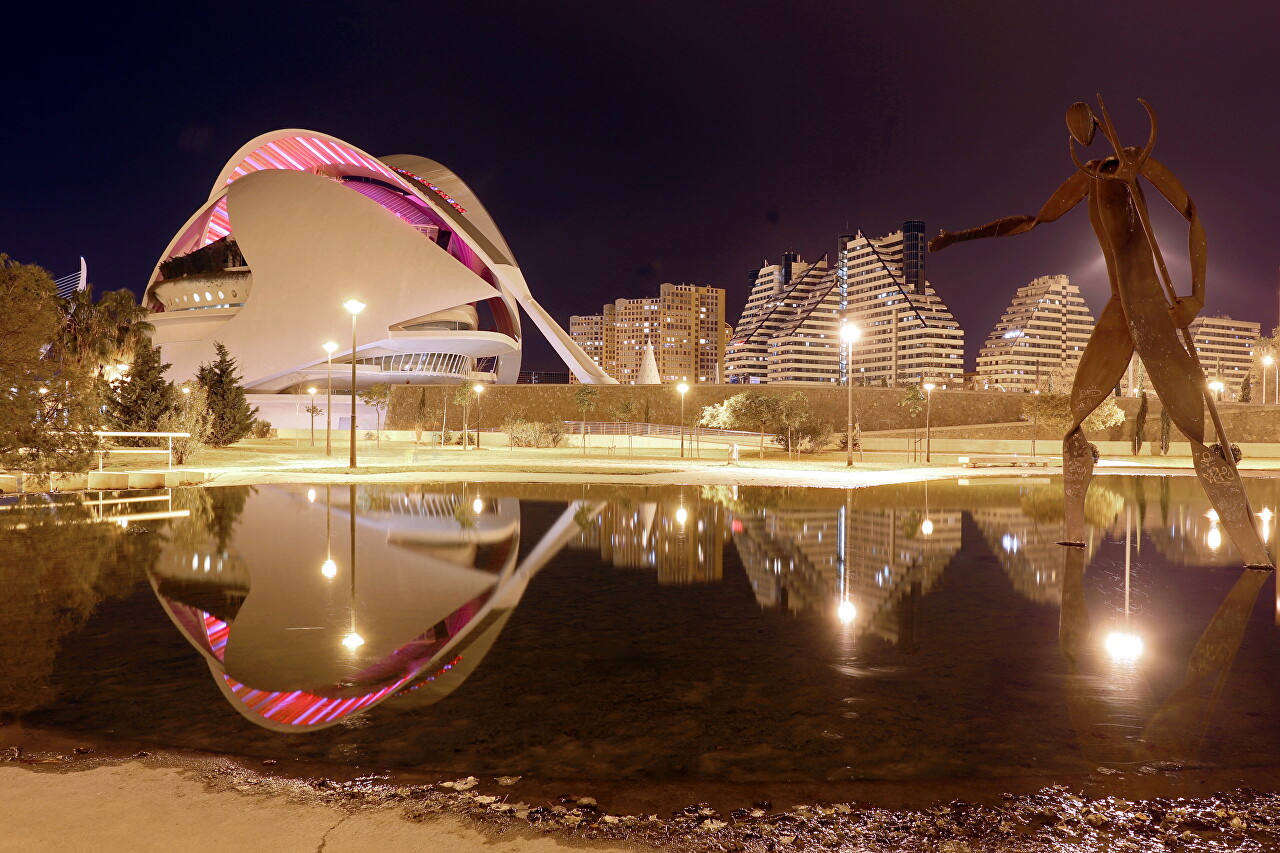
..
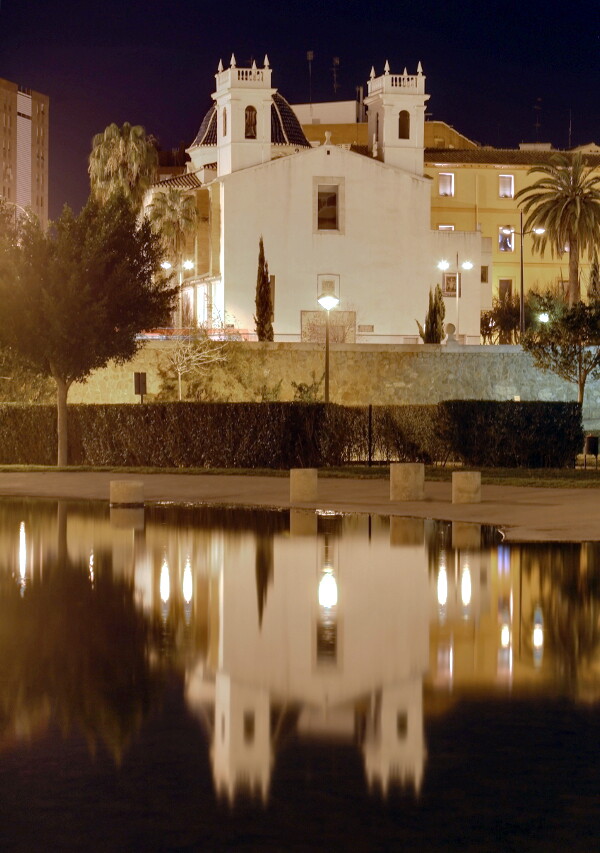
..
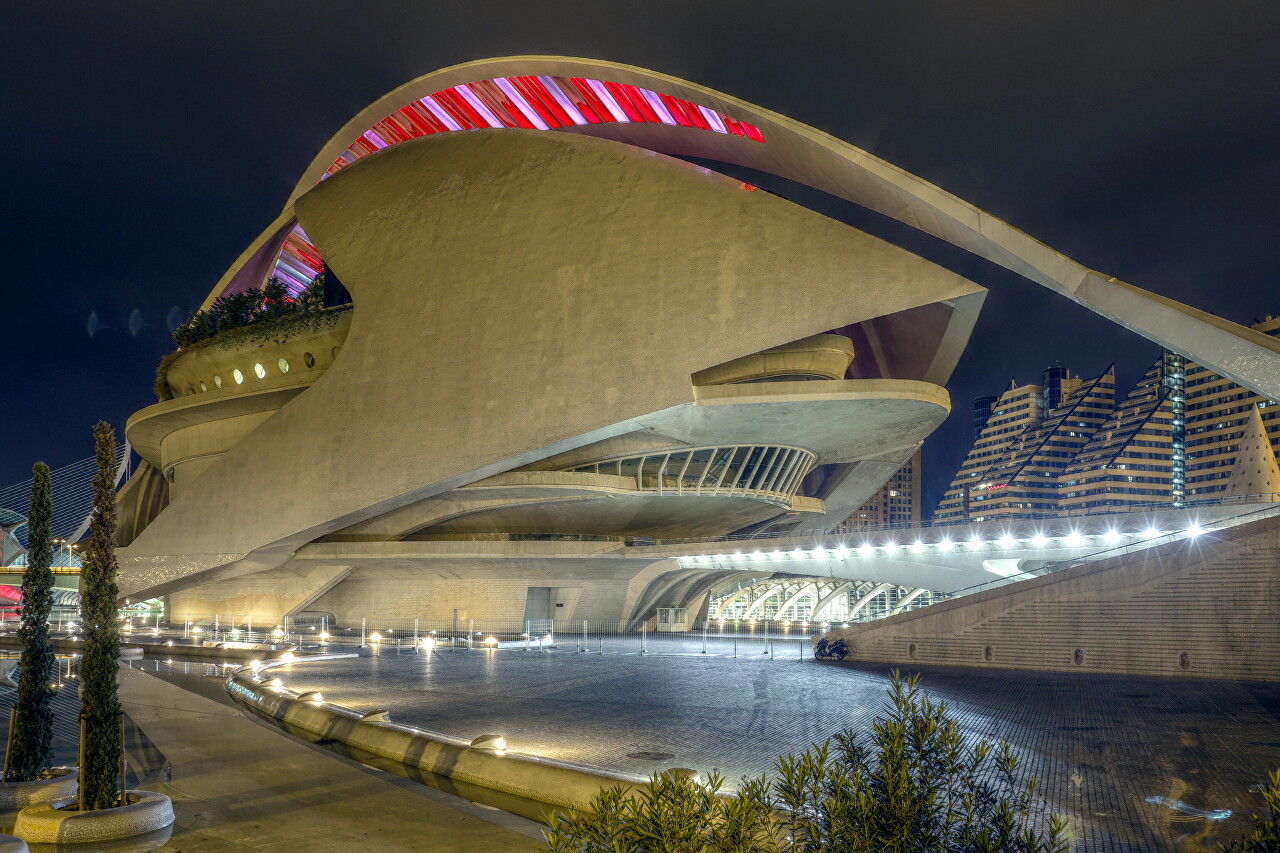
..
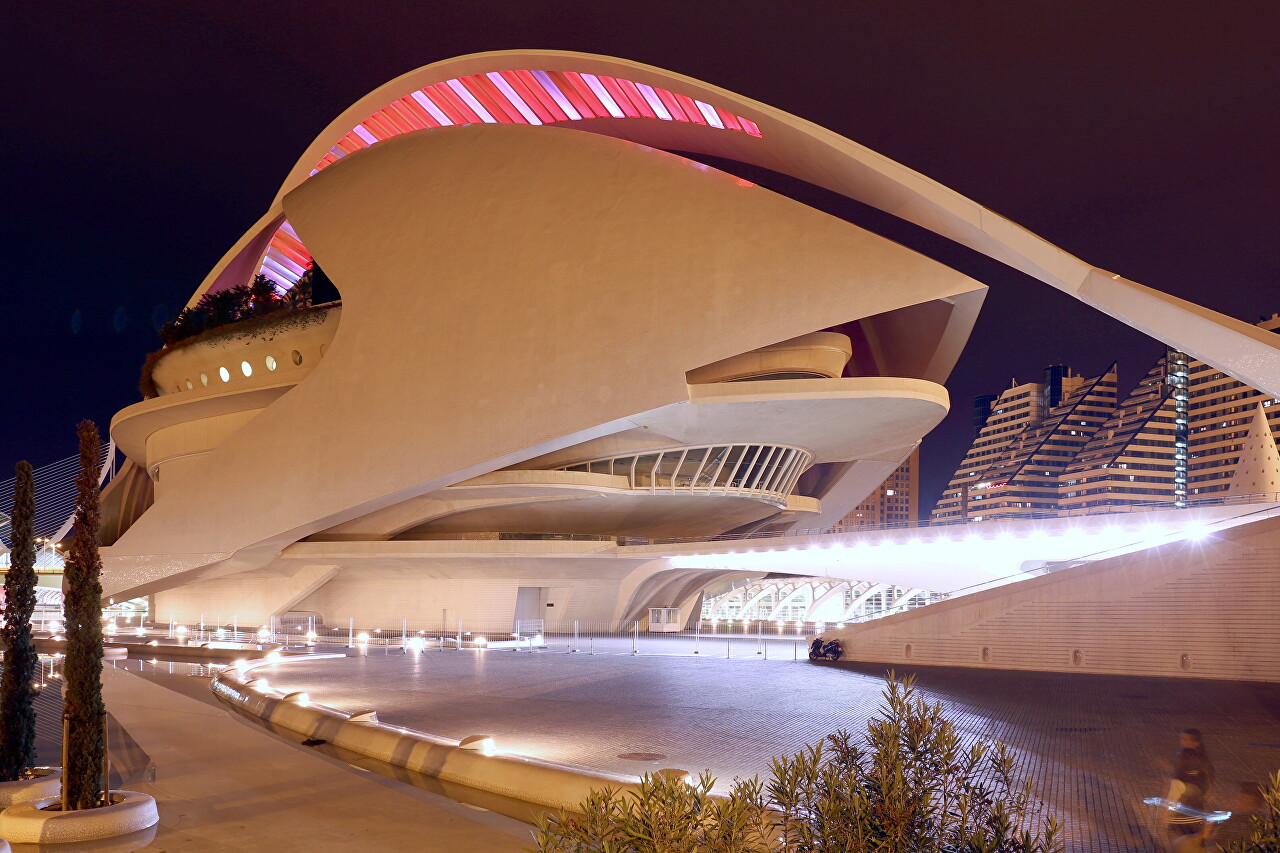
..
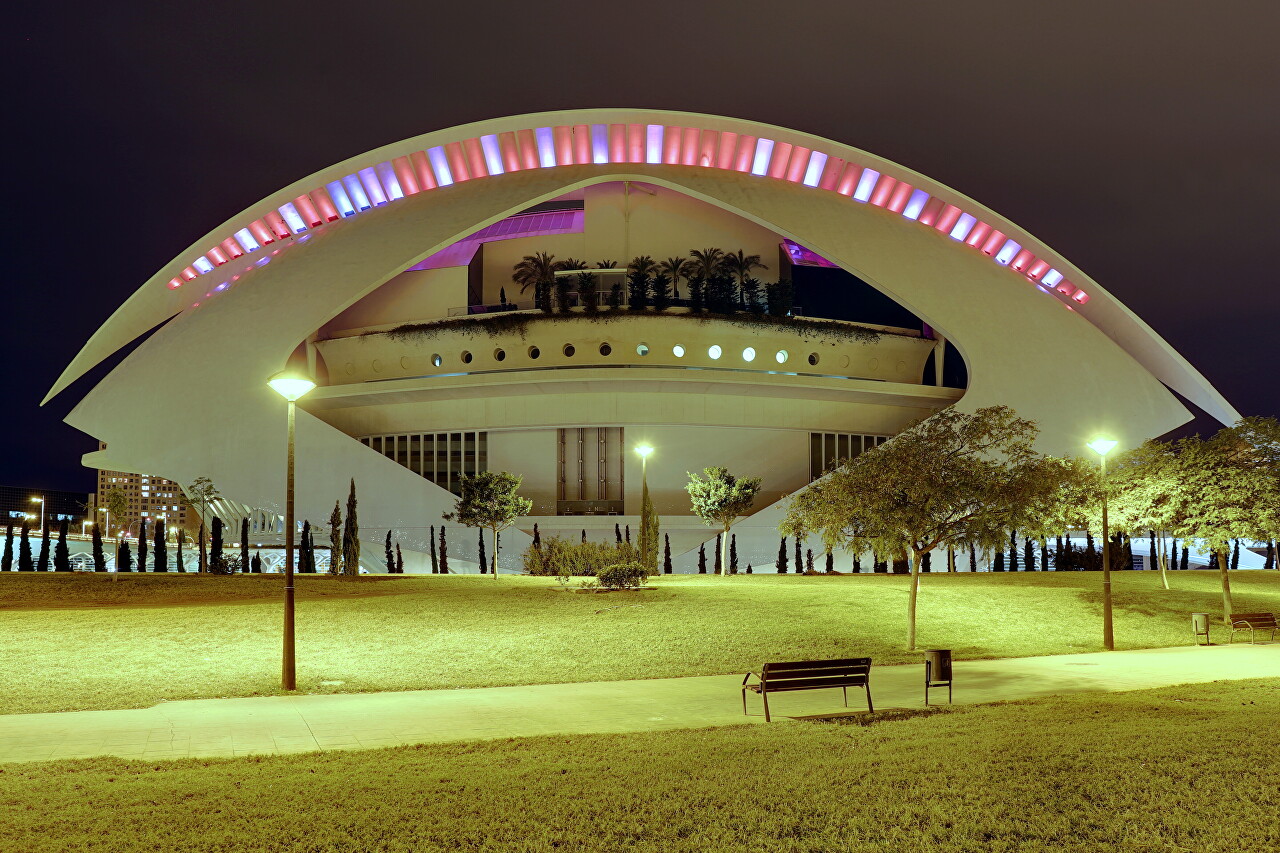
..

..
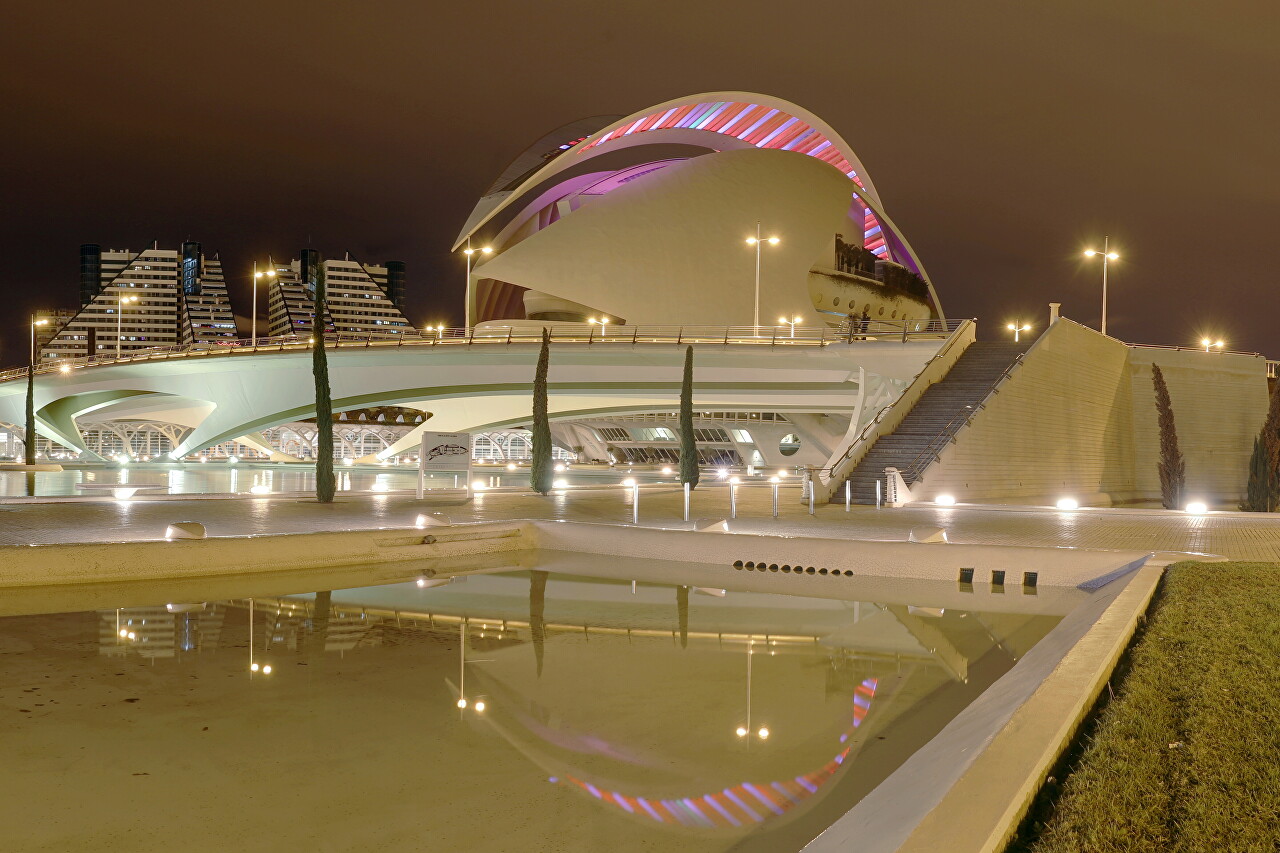
..

..
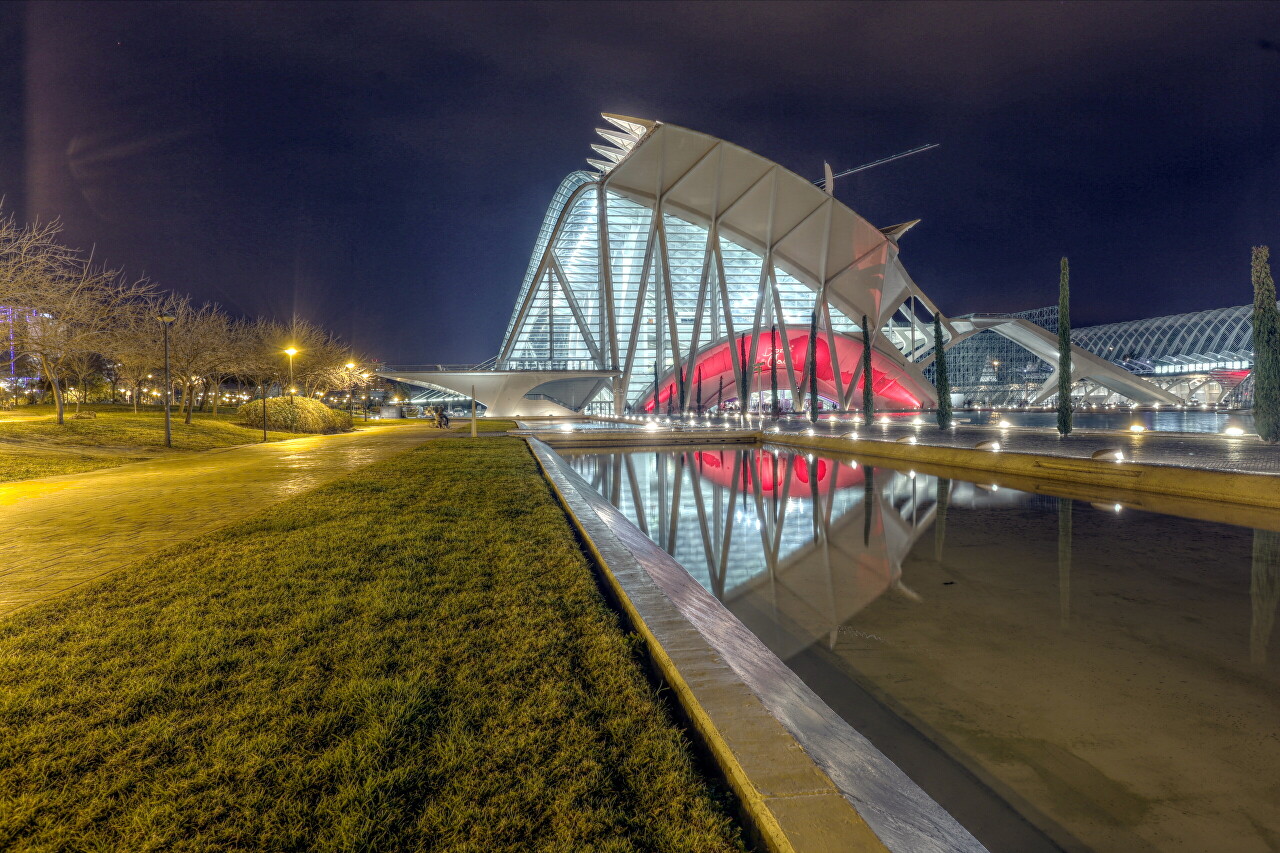
..

..
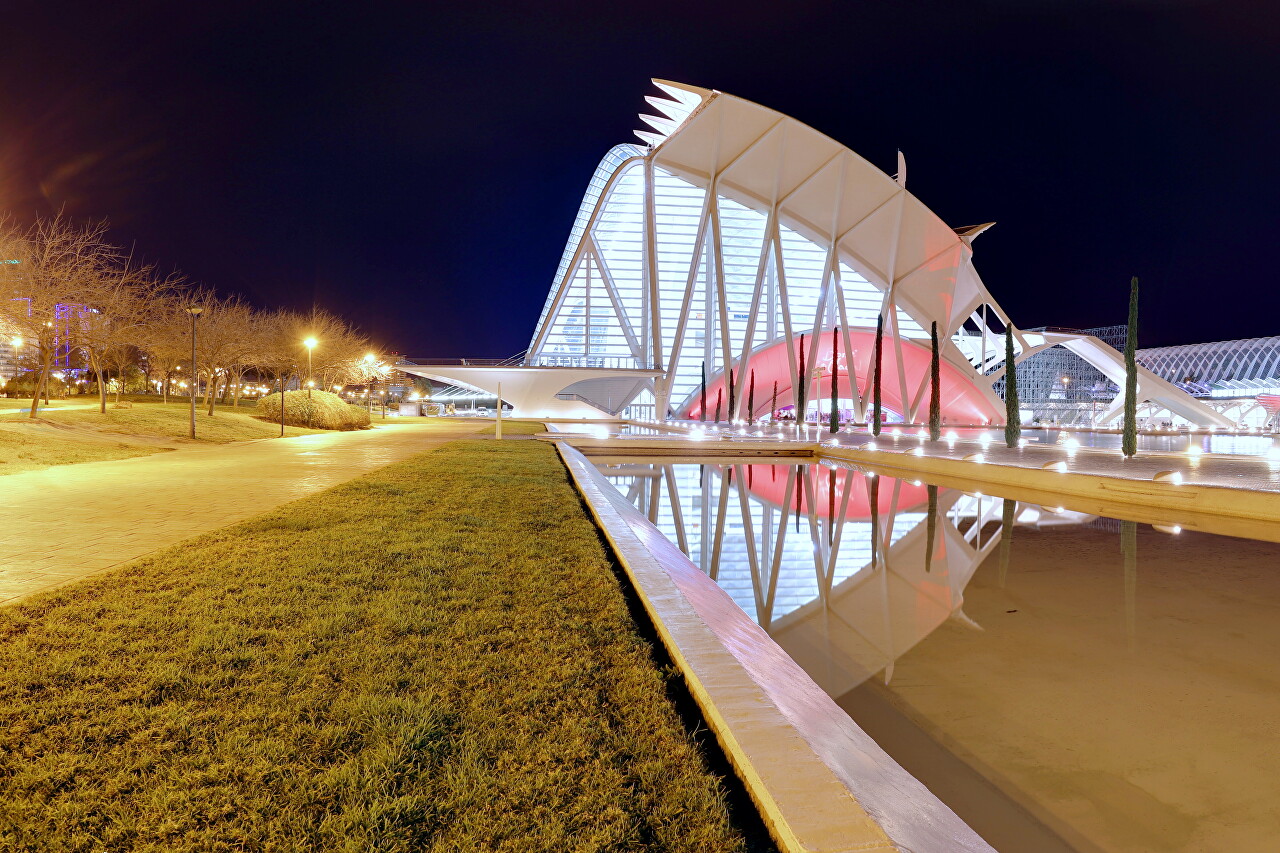
..
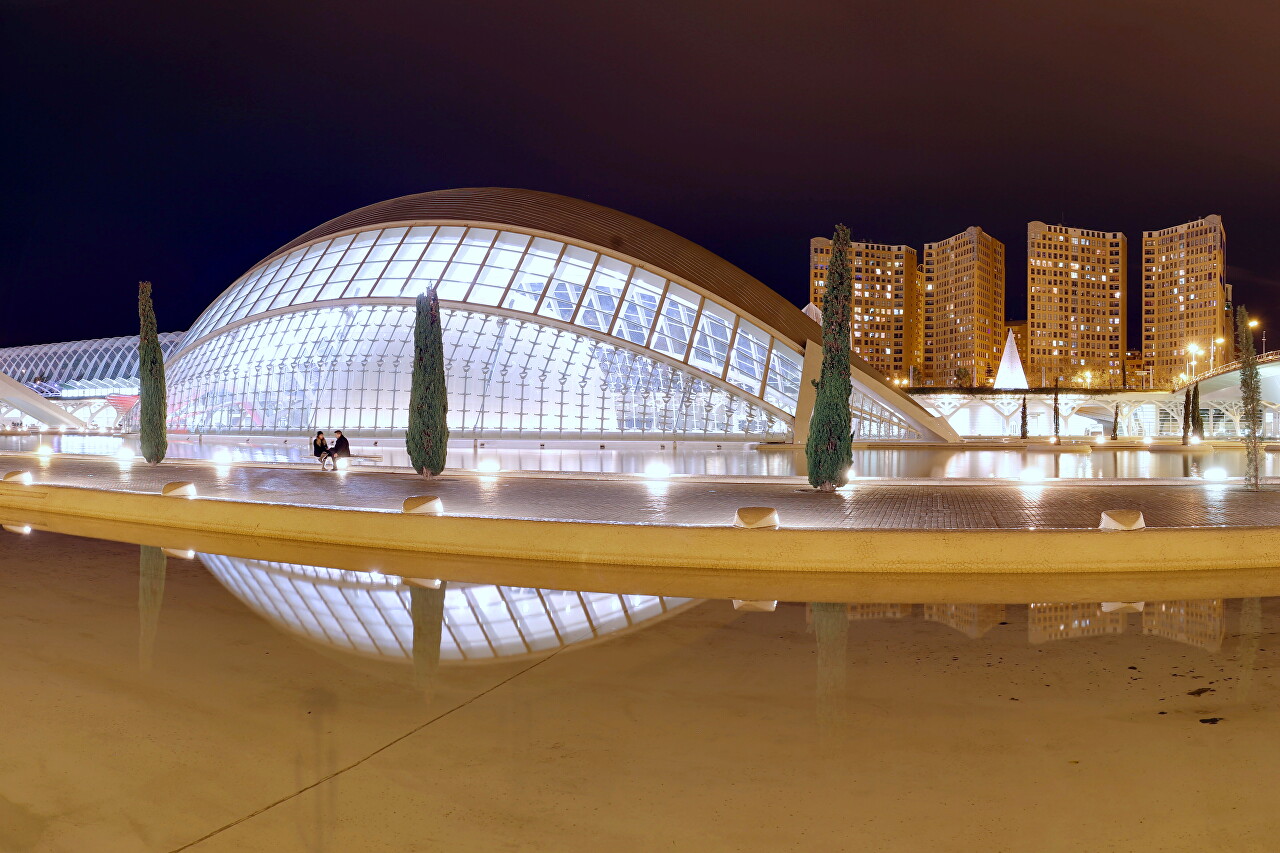
..
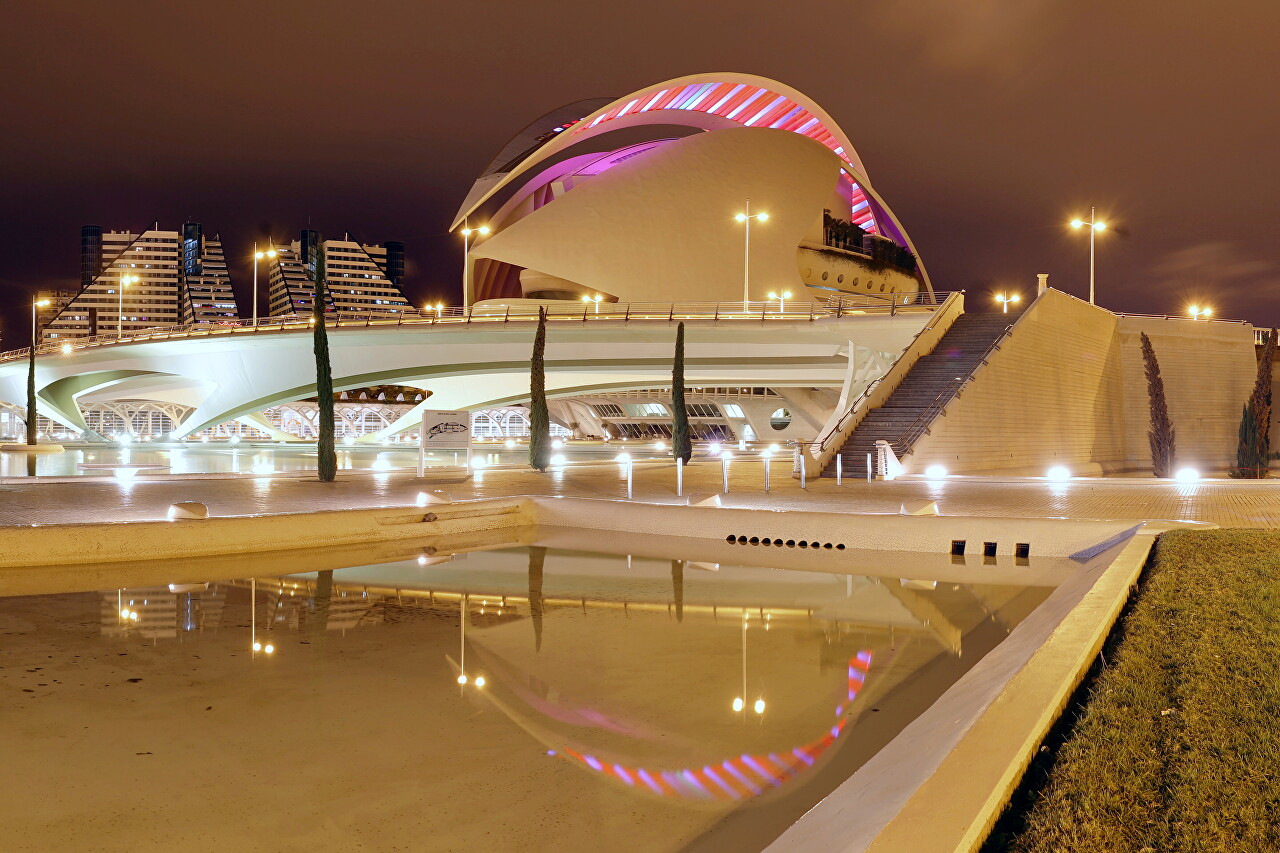
..

..
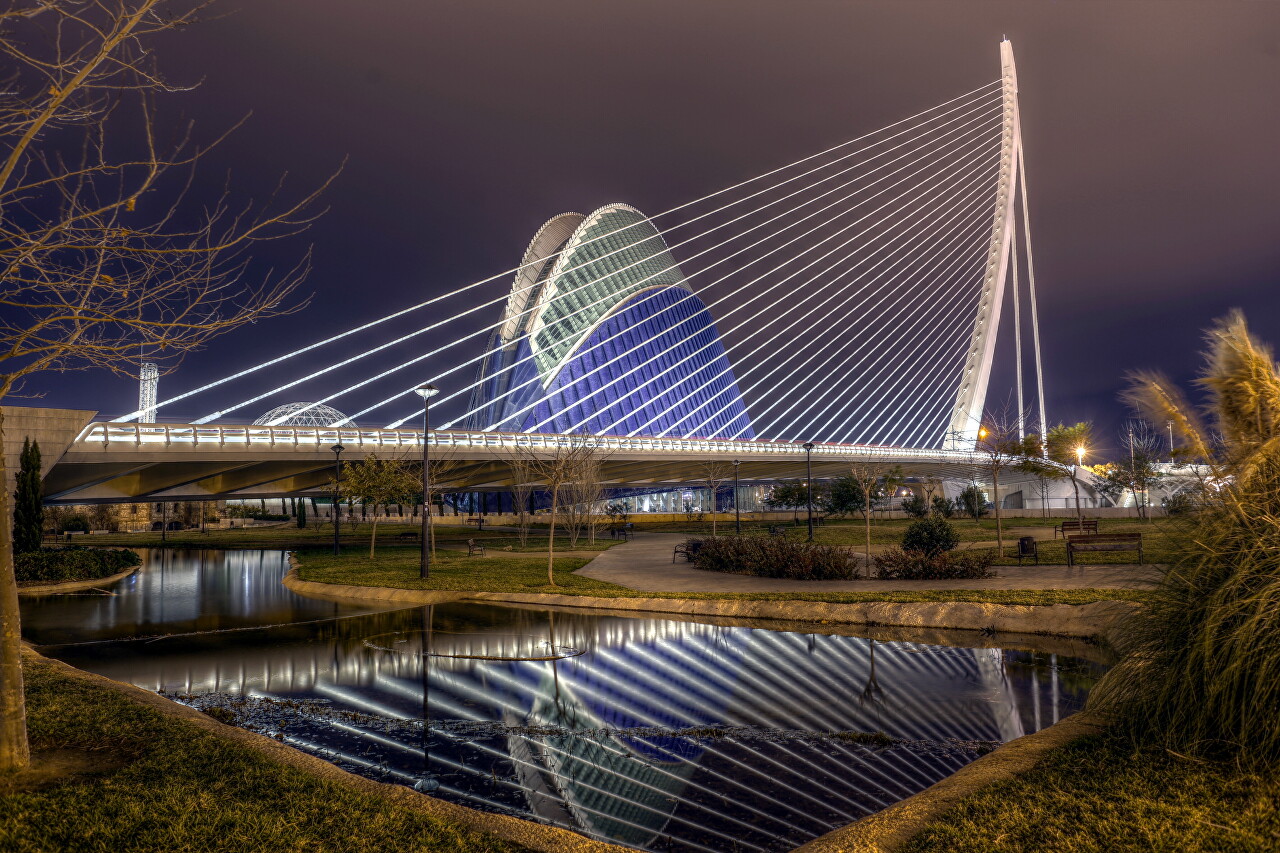
..
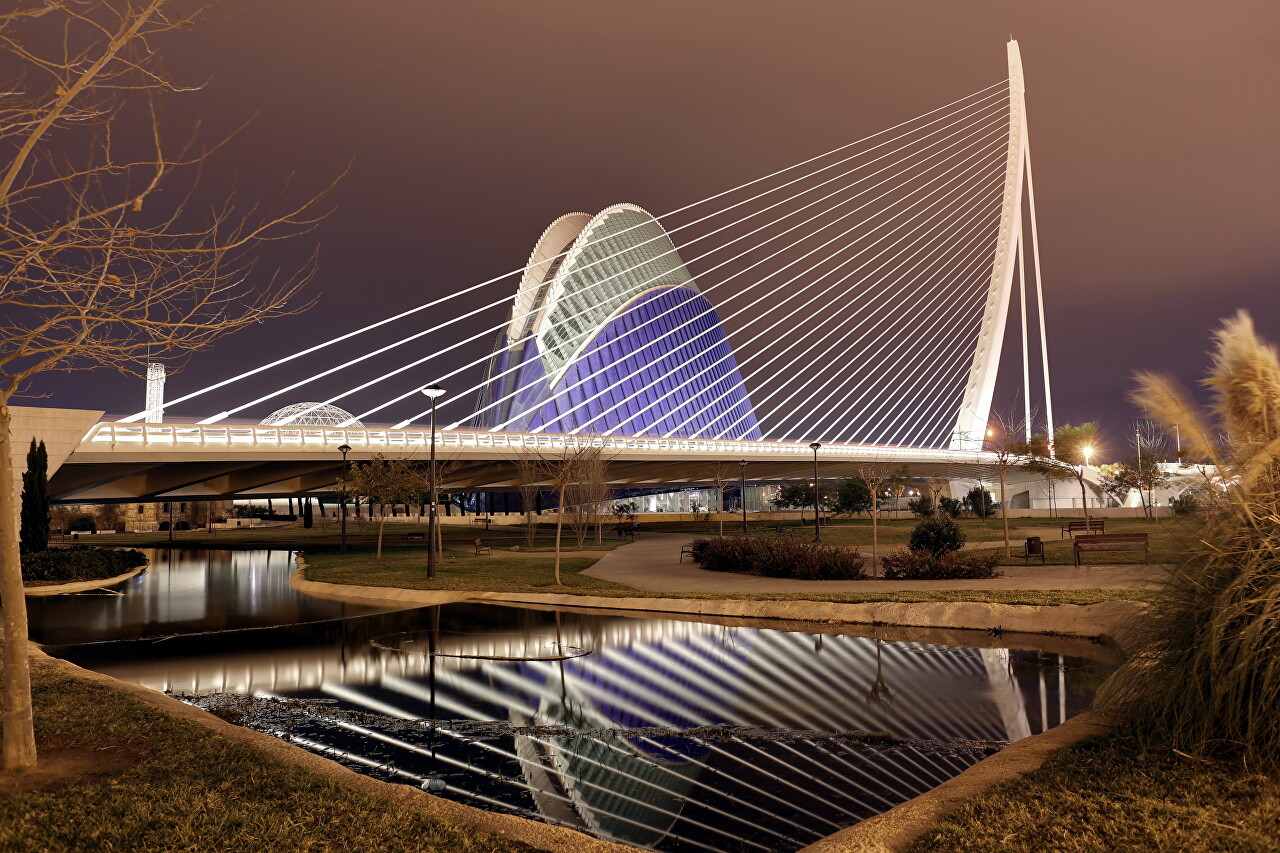
..
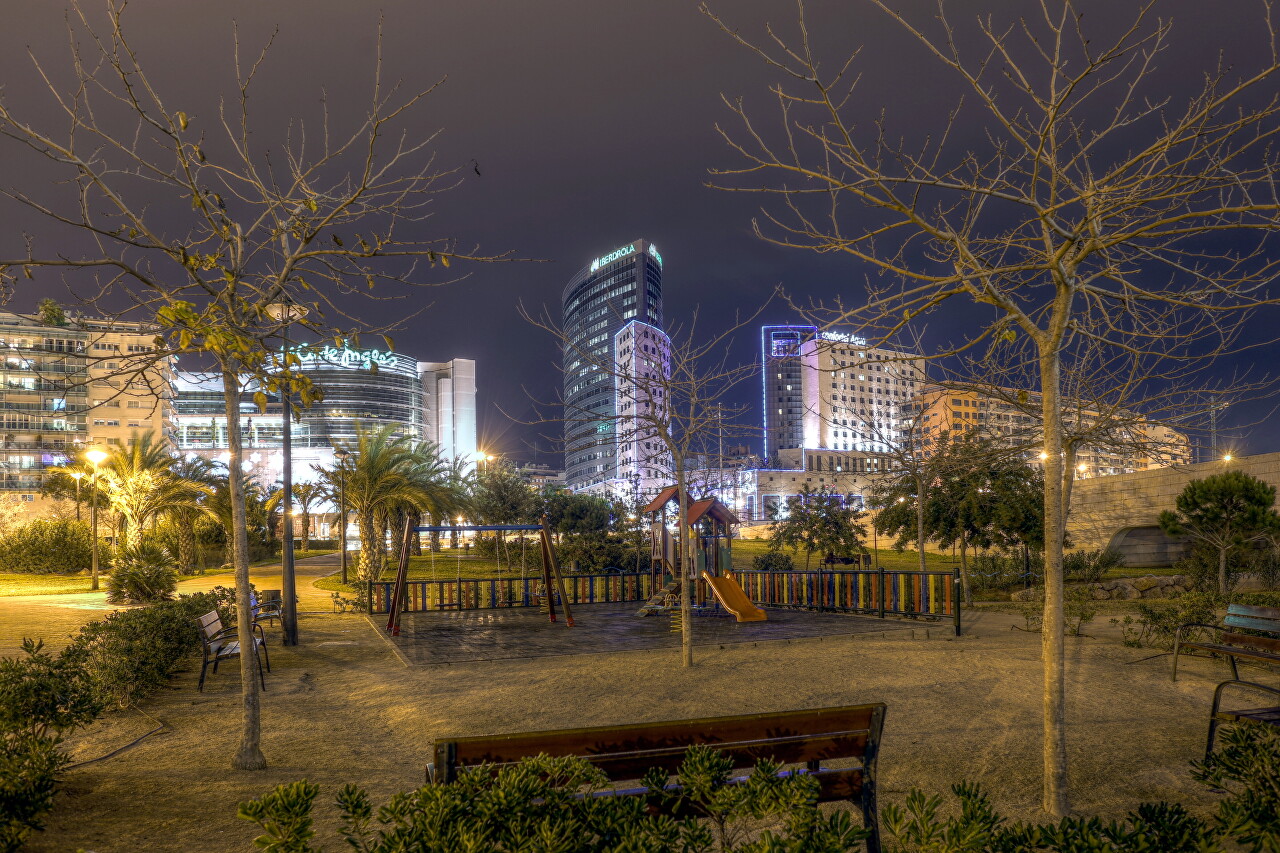
..

..
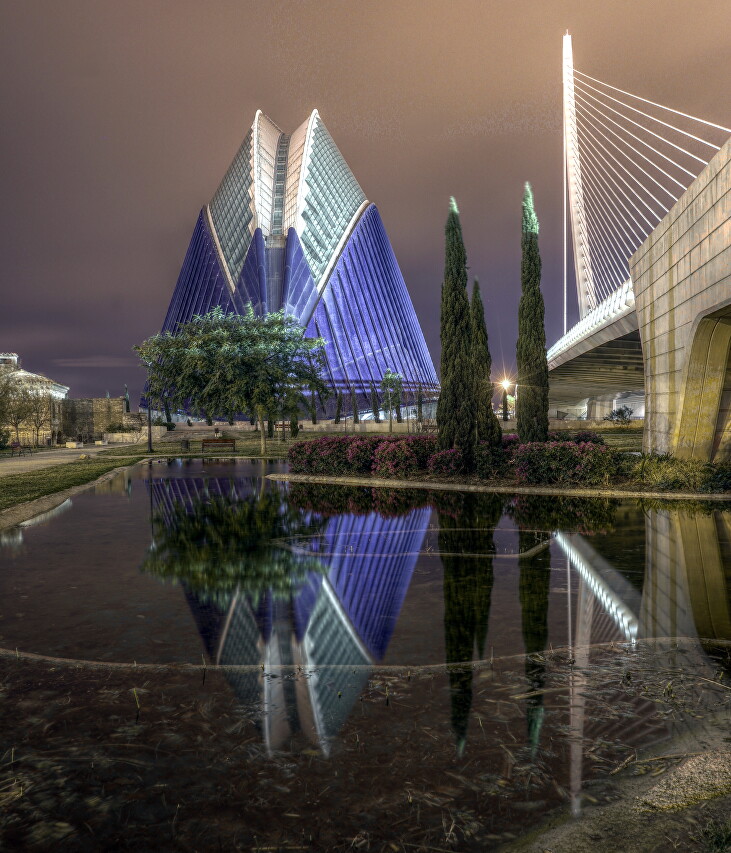
..
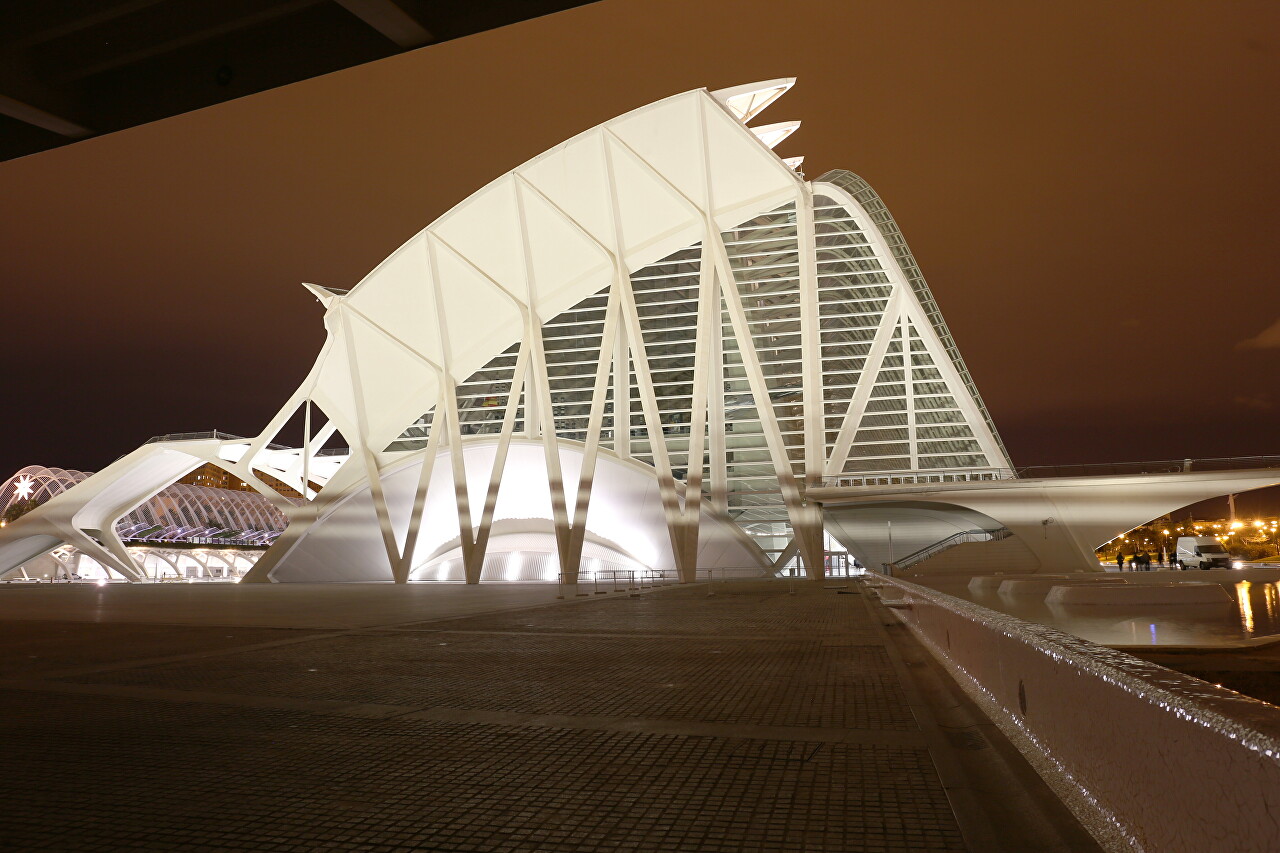
..
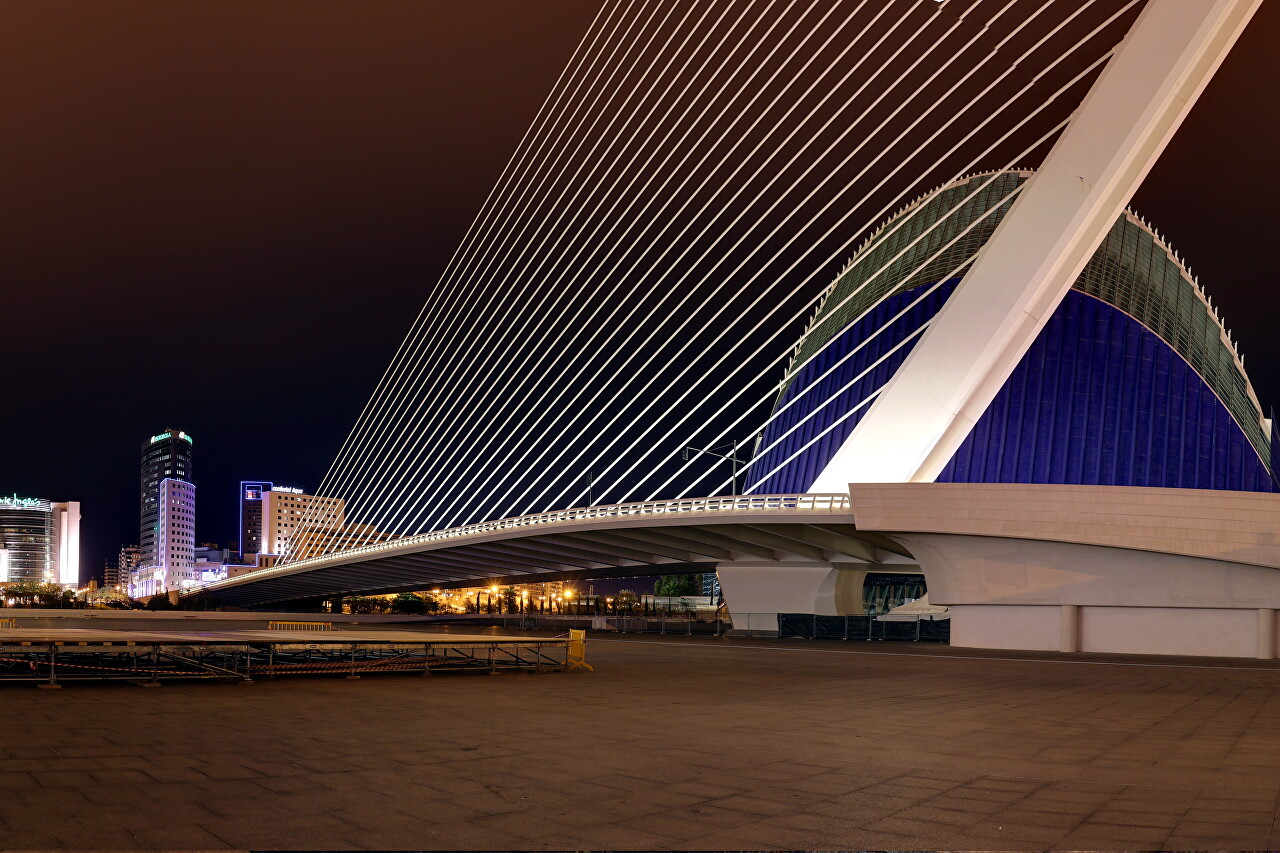
..
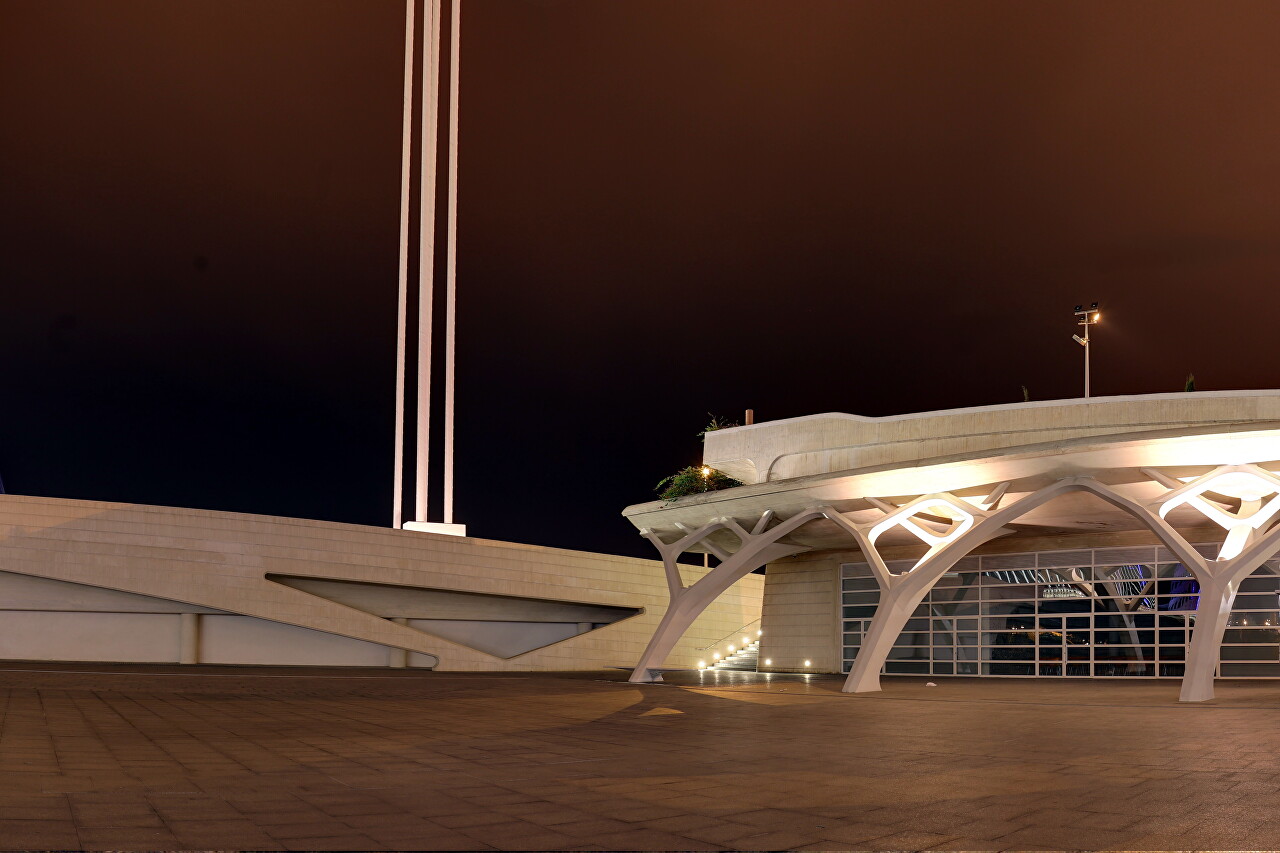
..
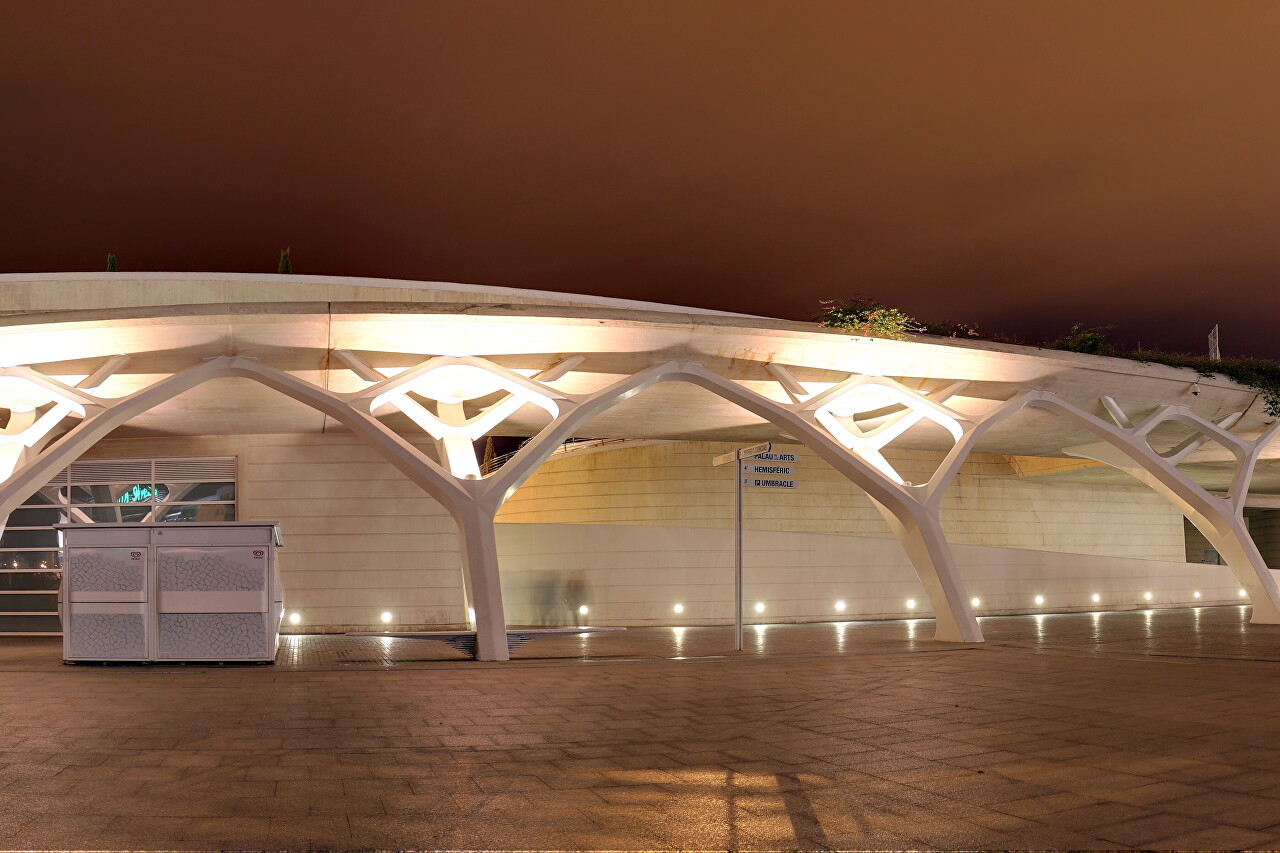
..
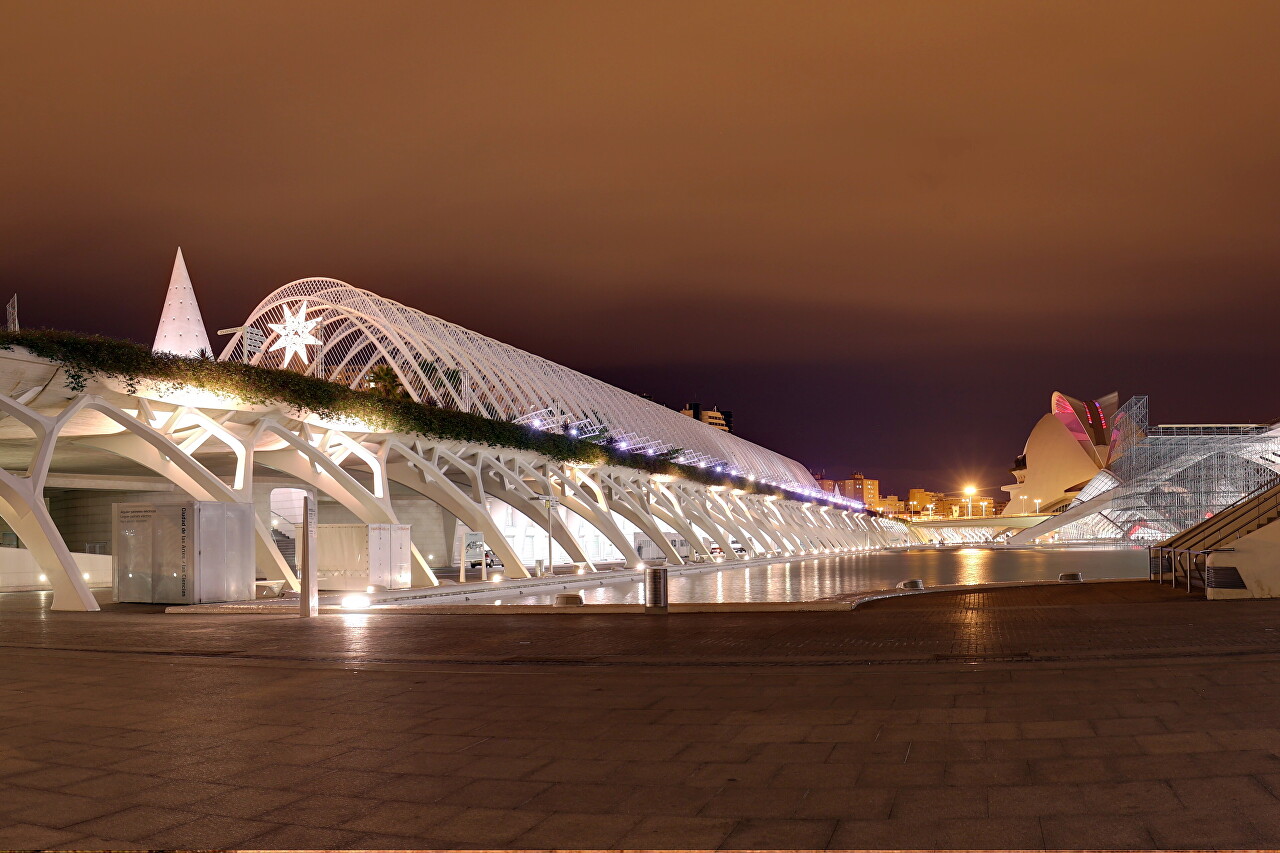
..
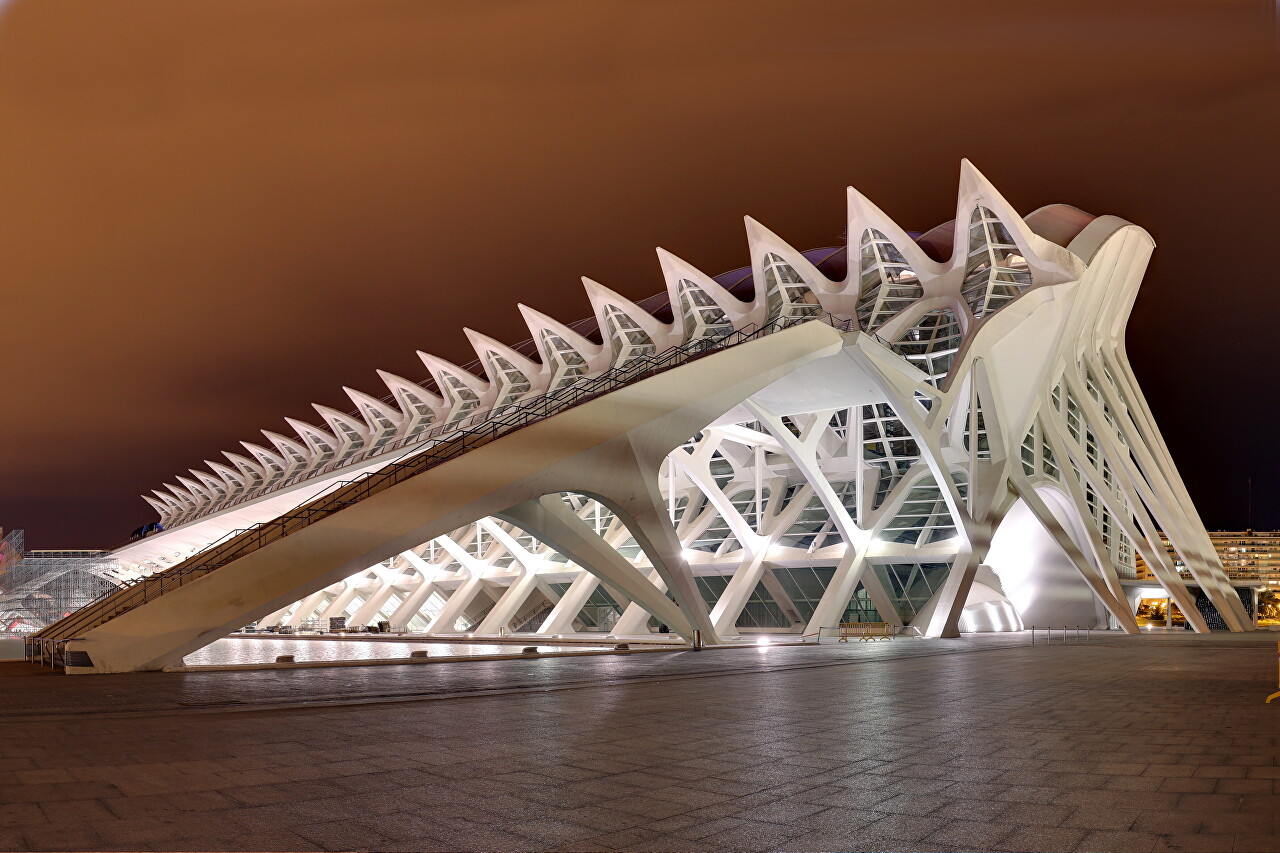
..
..

..
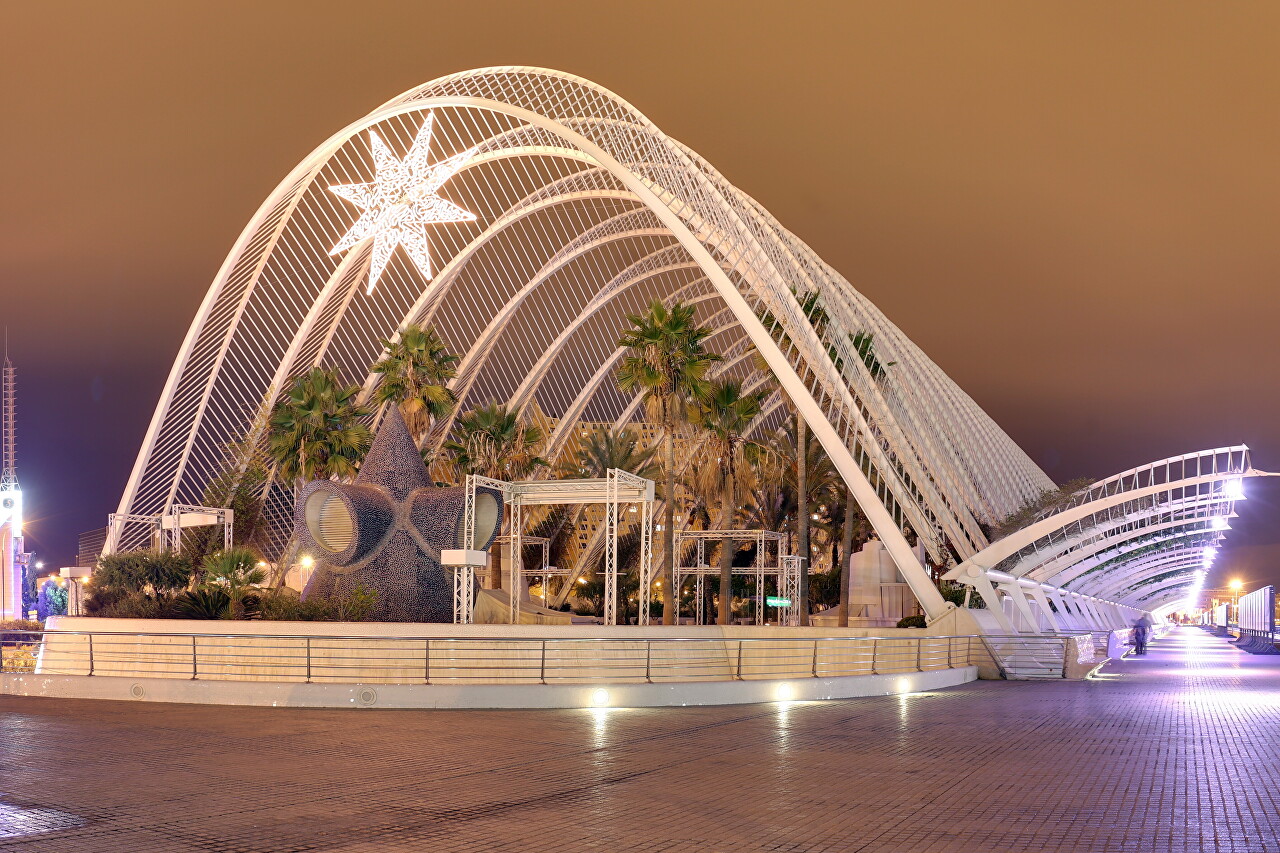
..
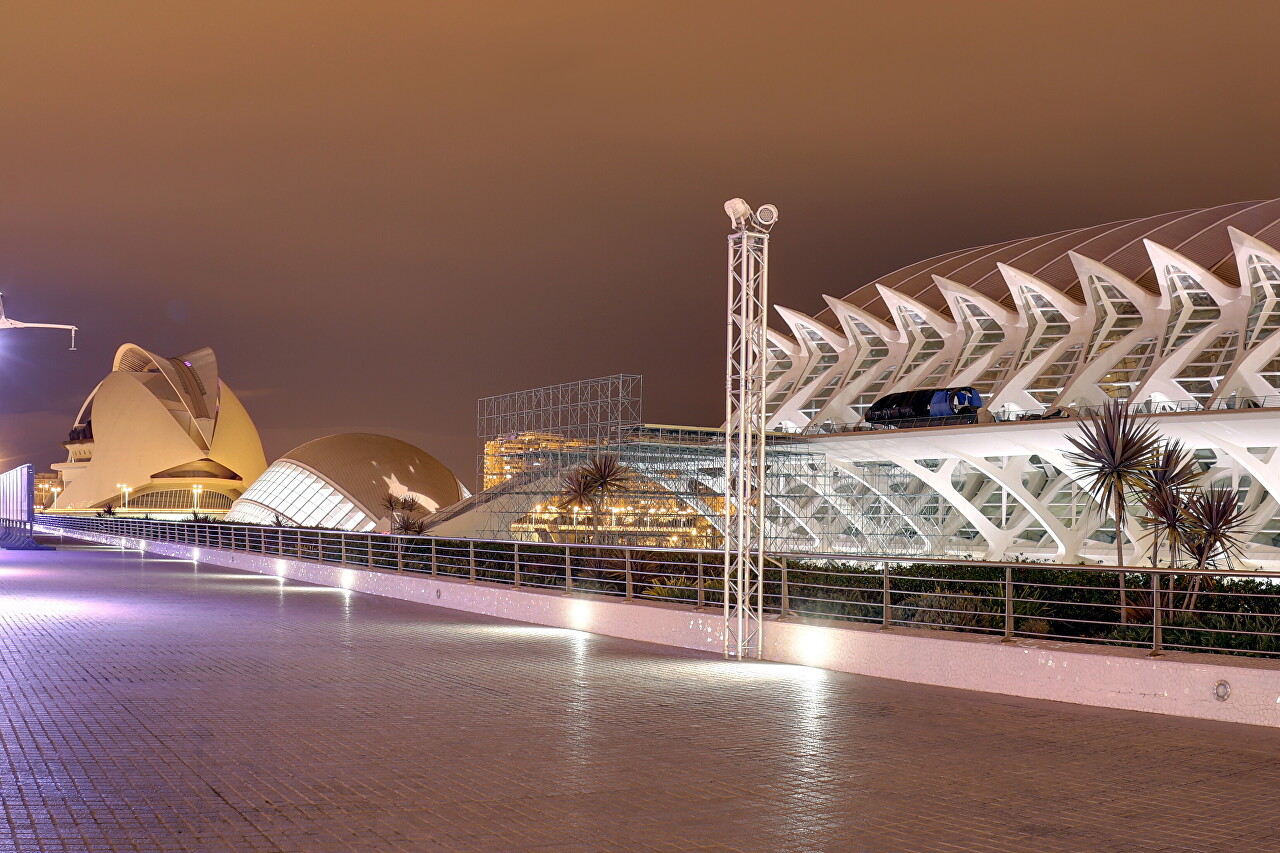
..

..

..
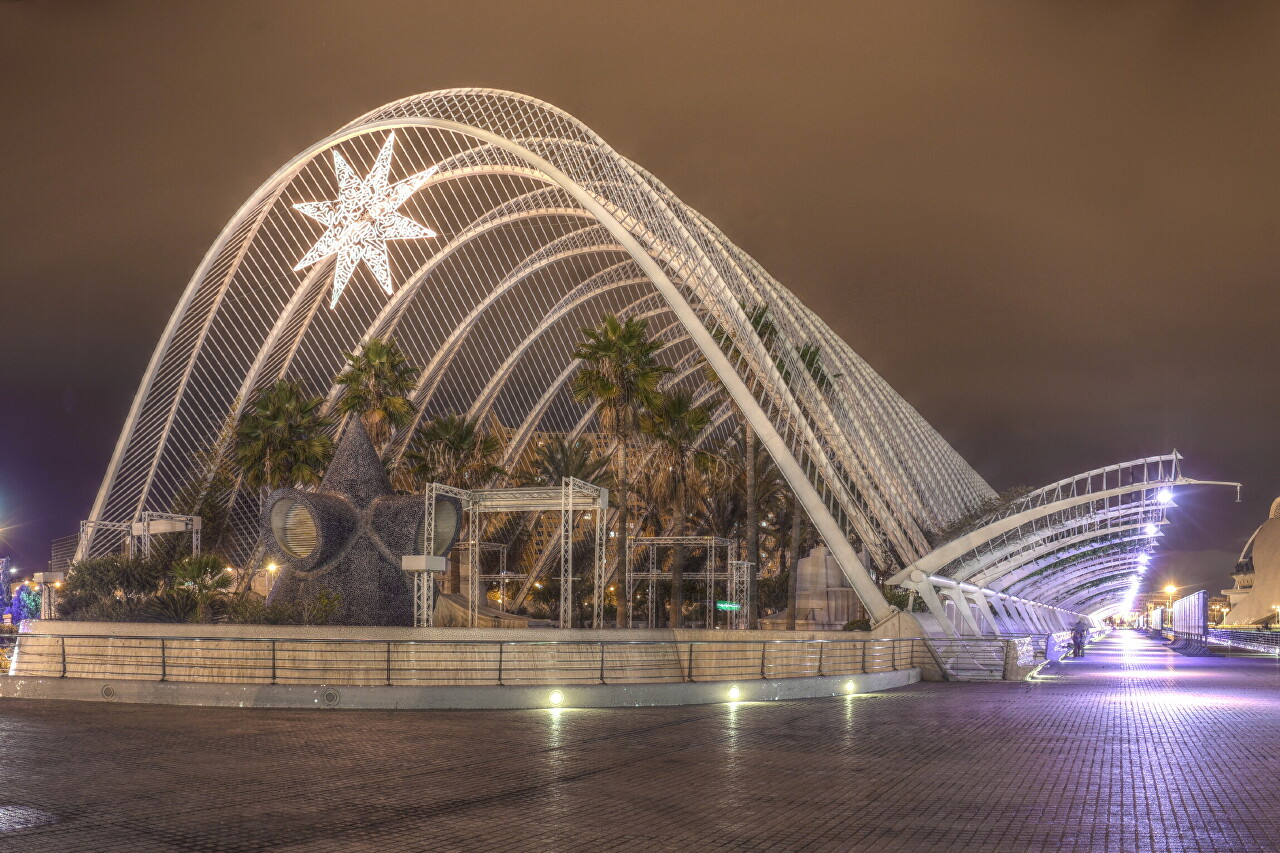
..
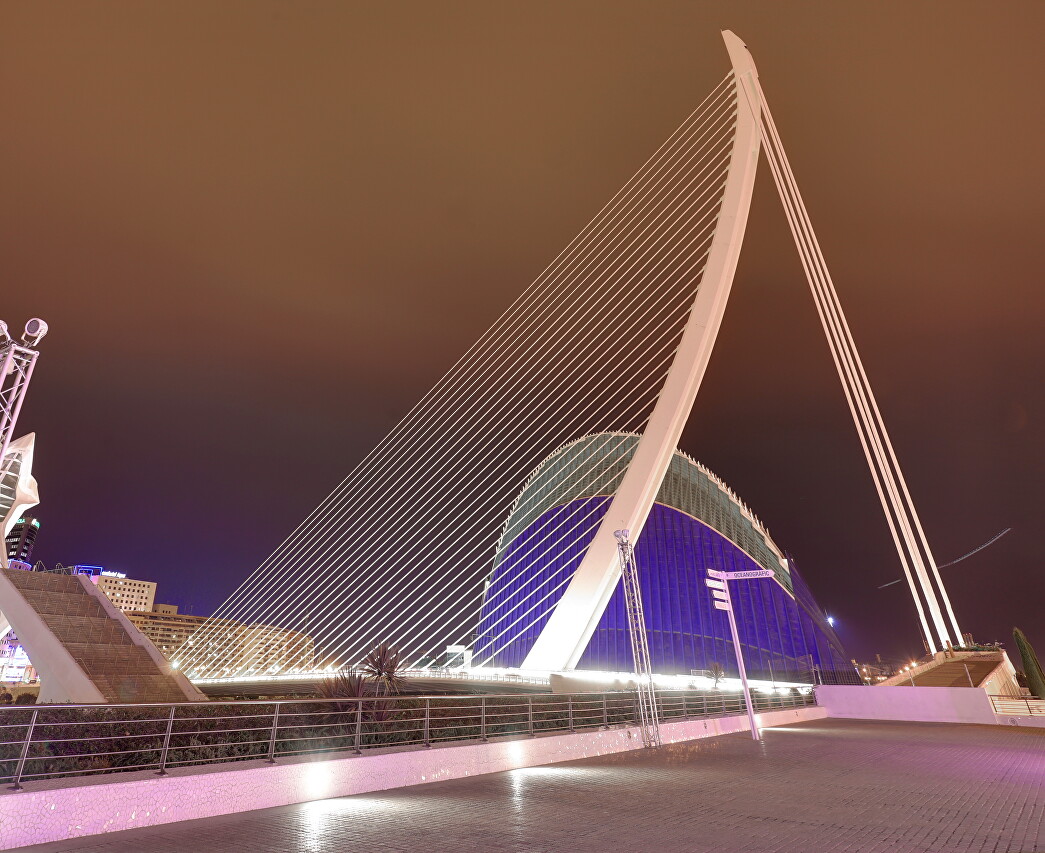
..

..
